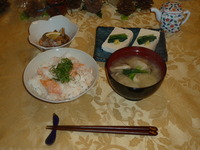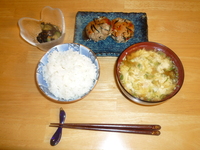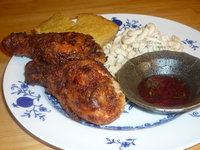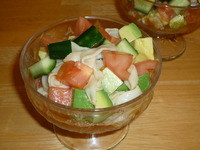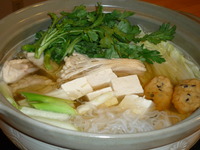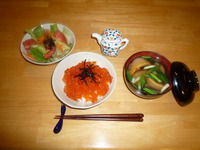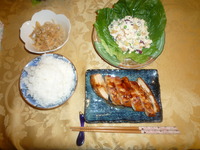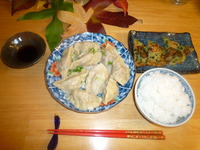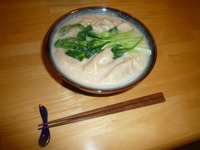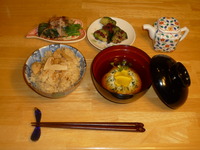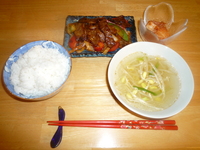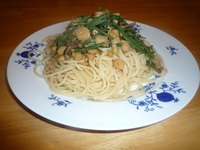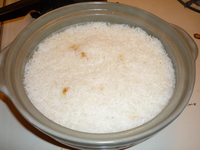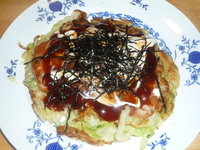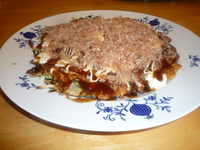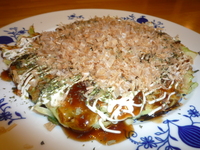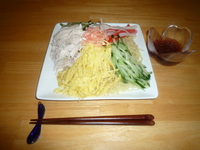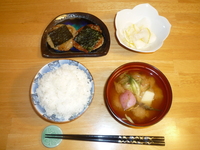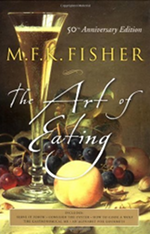Saturday, May 29th, 2010
Daikon is one of the most versatile ingredients and a favorite Japanese vegetable. It’s also used in a lot of Chinese as well as Korean dishes. It can be eaten cooked, raw, pickled, the uses are endless.
Breaking down the Daikon:
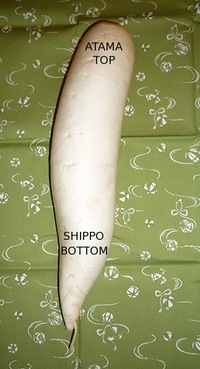
The atama (the top, near the leaves) is the sweetest and has a mild taste. This part of the daikon is used when making daikon oroshi or daikon salads. Depending on the daikon, the middle can be mild or a little on the peppery side. You’ll have to taste your daikon if you’re going to eat it raw. The shippo (tail end) of the daikon has the most peppery flavor and is the spiciest. It’s not spicy like a hot pepper but has a distinct spicy taste. If you like it, then you can eat it raw but most of the time this part of the daikon is used for dishes that call for cooked daikon. Of course if you're going to cook it, you can use any part of the daikon.
Daikon Oroshi: There are two reasons why daikon oroshi should be served almost immediately after grating. The first is because the longer it sits, the spicier the daikon will become, even if you’re using the top of the daikon. The second reason is because the vitamins and nutrients decrease rapidly after grating. Daikon is naturally rich in vitamin C, however according to the Department of Agriculture,
Hokkaido Government website, the level of vitamin C decreases by 20% within 30 minutes of grating. Therefore, it’s best to make your daikon oroshi towards the end of your meal preparation.
Daikon and Health Remedies: Daikon has been said to keep the doctor away. Daikon helps with digestion and is often paired with oily dishes such as tempura and grilled fish. It also said to act as a disinfectant for fish and shell fish such as raw oysters.
The water from the daikon oroshi has been used as home remedies for canker sores, cavities, infection in the mouth and gingivitis. Additionally, it has been mixed with honey and eaten to help with sore throats and hangovers.
I leave you now with the strangest use of daikon I have ever seen. It’s the daikon dance (Aoyama Hotori) by male cheerleaders from Tokyo Agricultural University.
Aoyama Hotori
